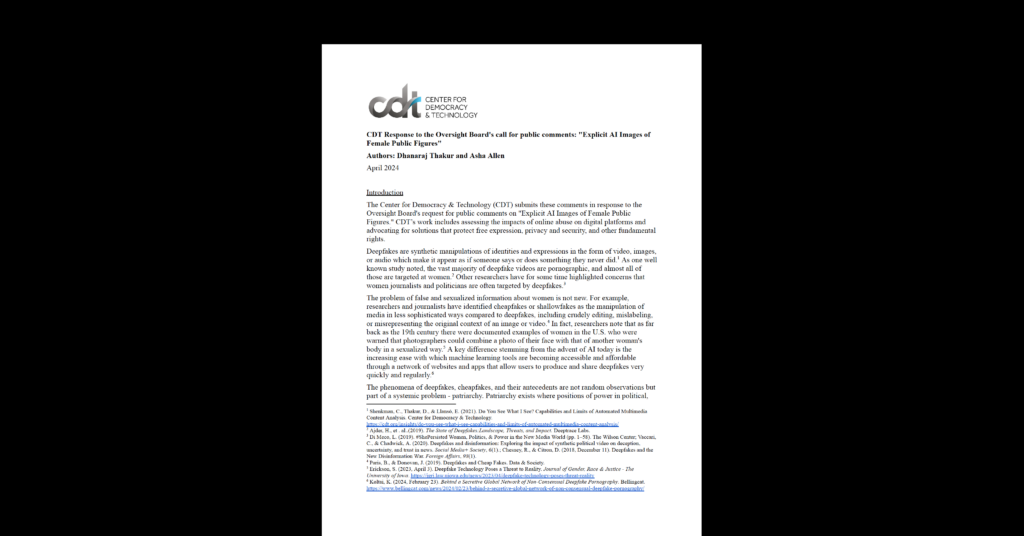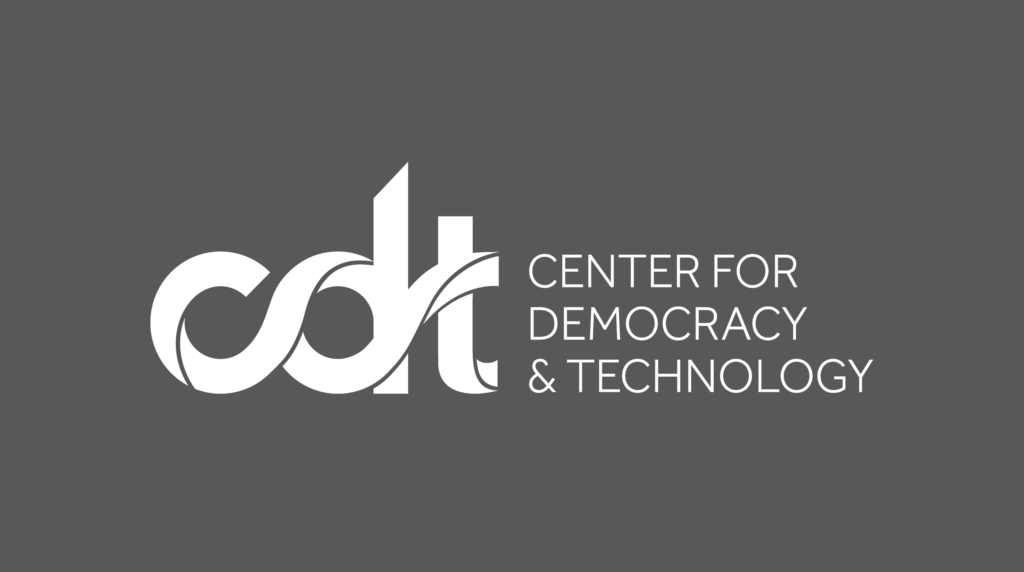AI Policy & Governance, Privacy & Data
Eggs and Rings: Unsavory Implications of Advertising

My online ad stream is unremarkable. I see a lot of ads for rugs, shoes, and local arts events. But, more than anything, I see ads for engagement rings. Diamond rings don’t suit my particular style and I’ve never shopped for one, so I wonder why I see these ads so frequently. Is it my age (29)? My zip code (20006)? My gender (female)? The last one raises an interesting question. I know that in the hetero-normative American custom, the man is supposed to purchase and present the ring to me. So what is the intent of these ads? Is it to sell me a product or to create desire for a symbol of my partner’s dedication to me?
Perhaps you don’t consider this to be particularly evocative or out of line —after all, the cultural expectations that underlie these ads are relatively straightforward and obvious. But consider a less obvious example of showing ads for egg freezing companies. Egg freezing is a medical procedure that allows women to extend their fertile years by extracting and freezing viable eggs while they are young, and then implanting them later. It’s been in the news recently because some major technology companies are offering to cover this procedure as an additional benefit. Despite the enormous expense of the procedure, it is growing in popularity in tech-hubs like New York and Silicon Valley, which seems to point less to a path toward flexibility and more to the pressure women feel to put their careers before family to succeed alongside men.
It’s not hard to see that ads for egg freezing are loaded with implications, particularly in a world where ad content is so tailored. They’re a personalized comment on a woman’s reproductive choices. They are the online equivalent of your mother quietly sighing about how she’ll never be a grandma. This is intrusive, but could also be problematic on a larger scale. Depending on how these ads are distributed demographically, they could also represent a passive exclusion to reproductive services.
Perhaps the biases that lead doctors to only discuss sexually transmitted infections and birth control with some patients are also lurking behind the scenes of the online world.
Last year, the New York Times reported that doctors often don’t raise the issue of fertility with women of color, and that patients themselves also don’t bring it up. This is true despite the fact that women of color have higher rates of infertility than their white contemporaries. Perhaps the biases that lead doctors to only discuss sexually transmitted infections and birth control with some patients are also lurking behind the scenes of the online world. This raises the question: who sees online ads for fertility options? While I personally might consider this ad a rude comment on my reproductive choices, at least they signal to me that I have choices. If these ads are not served equally to women of all cultural backgrounds, they are implicitly creating a disparity in what kinds of information women have at their disposal when making family planning choices.
So who or what is making the decision to send these ads? Cats, no matter how popular they are, do not actually power the internet. Instead, the online world runs on math; hidden decision trees that construct your online world by determining, through marketing and advertising, the type of products and services you see.
The sophistication of the online ad ecosystem has made it harder to pin down exactly when an implicit judgment crosses the line into racism, sexism, or another bias. It also makes it harder to decide who’s to blame or how this kind of decision might impact one population over another. Online advertising is served based on a number of criteria, often including a guess at the demographic of the user. In some cases, advertising is targeted based on the content of the page the user visited, and other times tracking technology enables more sophisticated personalization techniques like correlating recent purchases, or using inferred characteristics about an individual such as whether or not she is pregnant.
Though most ads are never clicked, they can nevertheless influence our view of the world and ourselves through their messages. These systems raise complicated questions about inclusiveness because they are, by definition, discriminating by not giving the same content to everyone. As with the egg freezing example, there are potential civil rights implications in the use of mathematical discrimination. These concerns range from the type of medical options shown to you, to questioning the placement of high-interest credit card ads on websites popular among minorities, to arguing that automated decisions based on big data are inherently problematic for statistical minorities in any given dataset.
Who is accountable when marketing breaches a fundamental premise to democracy that, even online, we are all created equal?
Even if most of us believe we are above the influence of online advertising, those little blinking, shiny objects reflect an image of us that signals what we should care about, what we are worth, and what we should be interested in. As with any good marketing, they subliminally manipulate our view of the world by painting a picture of desperate ring-seeking women who, in the end, should get married and have babies regardless of their career choices. In a recent Slate article, Virginia Eubanks argued that the math that powers automated decision-making systems allows individuals to wash their hands of responsibility for the outcome. But at some level, a person decides how to target these ads and this is where there needs to be a clear understanding of the implications of ignoring a population as well as of targeting one. Who is accountable when marketing breaches a fundamental premise to democracy that, even online, we are all created equal?
CDT is working on developing guidance for people creating automated decision-making systems to help them integrate civil rights principles into their workflow. We are doing this by providing tools that allow developers and engineers to interrogate their assumptions and ensure that there is a feedback loop that captures unsavory effects of their code. It’s a complicated problem to try to solve, and this won’t cure all our ails, but it’s a necessary step in trying to prevent offline bias from being coded into the internet.


